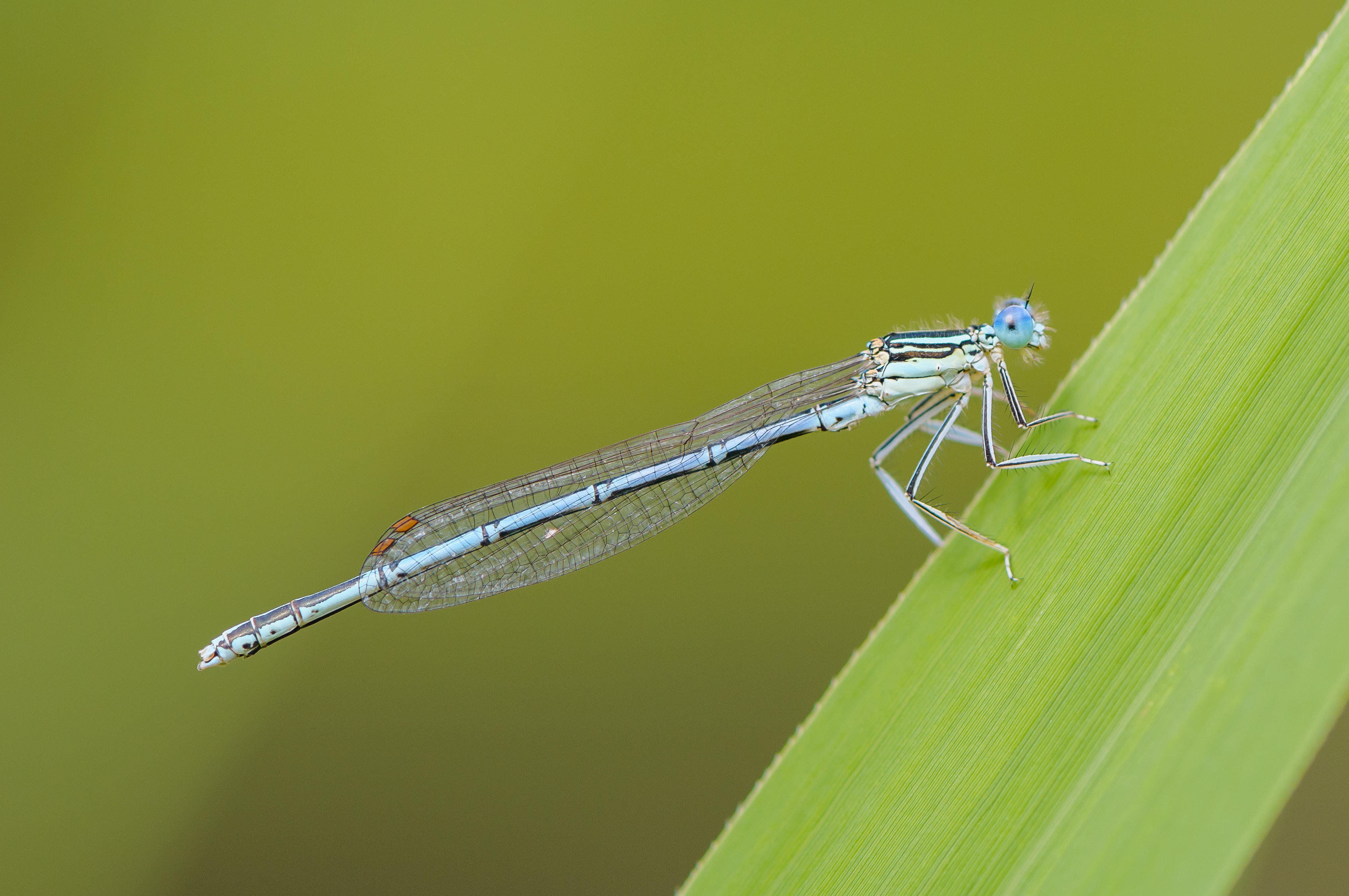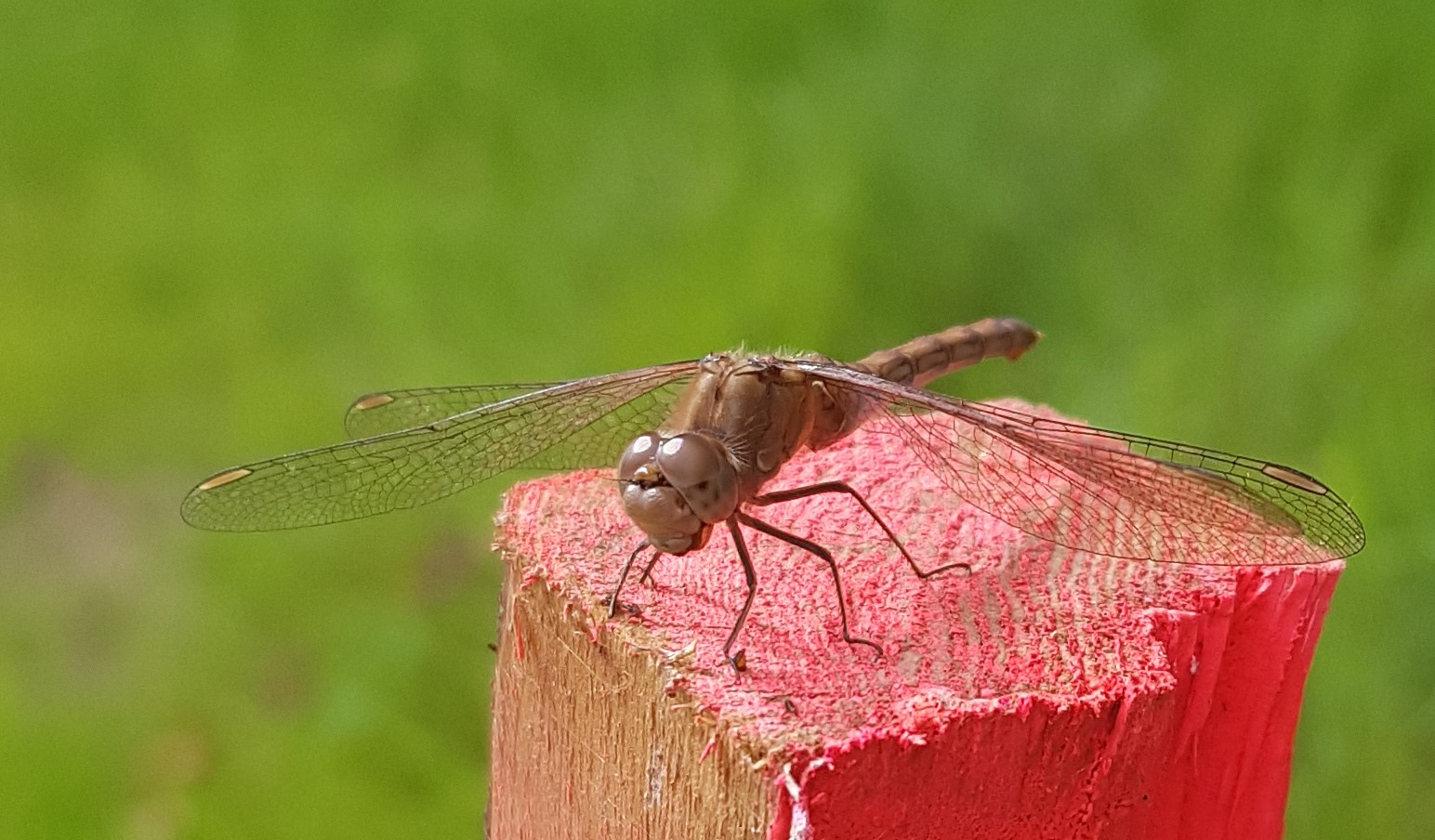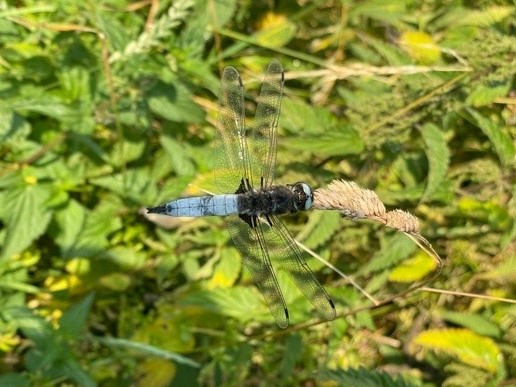
Dragonflies and damselflies
Climate change is affecting the UK’s dragonfly and damselfly populations, so how are they faring in the Forest and what are we doing to help these species?
The British Dragonfly Society recently released their ‘State of Dragonflies 2021’ report detailing the changes in dragonfly and damselfly populations across the UK. Global warming has meant that as temperatures rise, we are seeing new species of odonata - the family name for dragonflies and damselflies - colonising the UK and inhabiting more northern areas. The current list includes 56 species across Britain and Ireland, 23 of which have been recorded in the Forest over the last decade.

The effects of climate change on odonata populations
There are several aspects of climate change that are affecting odonata populations across the UK. While many of our common species are currently on the rise thanks to warming temperatures, there are other changes that are having a negative impact. These are particularly detrimental to our rarest species.
The report highlights that the following changes will be particularly damaging to our odonata species in the future:
- Habitat loss and degradation through land drainage
- Afforestation of bogs
- Acidification
- Lack of appropriate habitat management
- Change in weather patterns causing floods and droughts
- Use of pesticides, fertilisers, and other pollutants
- Intensification of agriculture
We are combatting some of these changes through pond, ditch, and waterway management throughout the Forest. Clearing scrub from around the southern aspect of a pond allows much greater light into the pond for aquatic vegetation, thus providing food and shelter for animals which dragonfly and damselfly larvae can feed on. Leaky dams across ditches help to both reduce flooding downstream and drought conditions upstream. Watercourse restoration and enhancement, like that completed at Oak Wood, has created a larger and more diverse habitat for dragonflies and damselflies to exploit.
The benefits of warmer weather

Despite the overall negative effects of climate change, we are seeing a few benefits of the warmer weather. Because dragonflies and damselflies prefer warmer climates, the rise in British temperatures has led to an increase in different odonata species – generalist species in particular have spread at both a local and national level.
Warmer temperatures increase survival in flying insects such as dragonflies and damselflies, as well as their prey, thereby increasing their populations. Calm, sunny conditions at the beginning of each species’ flight season improve the chance of the larvae emerging successfully into an adult. Changing water temperatures also influence the rate of larval development by impacting prey availability and feeding activity.
Odonata species on the rise
Our odonata species have also benefitted from a decline in serious pollution incidents (although these have not been fully eliminated) of rivers and waterways in England. A decrease in pollution alongside an increase in habitat restoration and creation projects – from landscape-scale wetlands to garden ponds - have played a significant role in encouraging different species across the country.
Dragonflies in the Forest

Over the last decade, 23 different species of dragonflies and damselflies have been recorded across the Forest – 13 dragonfly species and 10 damselfly species.
Common dragonfly species recorded in the Forest are:
- Black-tailed skimmer
- Broad-bodied chaser
- Brown hawker
- Common darter
- Emperor dragonfly
- Migrant hawker
- Ruddy darter
- Southern hawker
There are also several species that we are particularly thrilled to have recorded around the Forest as they are uncommon or in decline across the UK. The scarce chaser has recently colonised the Avon and is now seen annually at Pilgrim’s Lock next to Dorothy’s Wood car park.

The first record in Warwickshire of the rare migrant species, the lesser emperor, was made in the Forest around a decade ago. The common hawker – a locally rare species that is in decline across the UK – has been recorded in the Forest. We are thrilled to be creating habitats that are encouraging even the rarest species of dragonflies.
Damselflies in the Forest
Our Forest land is home to a number of common damselfly species:
- Azure damselfly
- Banded demoiselle
- Beautiful demoiselle
- Common blue damselfly
- Red-eyed damselfly
- White-legged damselfly
We are also home to the large red damselfly as well as the small red-eyed damselfly which has only recently colonised Warwickshire.
The emerald damselfly is in decline across the UK so we are excited that it has been recorded in three different parts of the Spernal area of the Forest. Around the Forest, we have also recorded the blue-tailed damselfly which has declined in England but is present in our mosaic of habitats.
Spotting odonata in the Forest
Different dragonfly and damselfly species prefer to inhabit different types of waterways – some prefer still water while others will stay near flowing water. Luckily, we have both of these habitats across the Heart of England Forest.
Look out for species that prefer flowing water – including the various demoiselle species -around the stream by Morgrove Coppice, the River Arrow at Haydon Way Wood, and at the moorings around Pilgrim’s Lock. For any pond-loving species, be sure to keep an eye out around Colletts Pond in the Dorsington area of the Forest on the Founder’s Walk waymarked route.
How do tell the different species apart? Volunteer Leader Alan, shares his top tips to help you identify dragonflies and damselflies.
The future odonata species to look out for

Due to continuing warming, we can expect to see these species migrating up from the south in the near future and inhabiting areas of the Forest:
- Hairy dragonfly
- Red-veined darter
- Willow emerald damselfly
- Yellow-winged dragonfly
Support our conservation work
We are proud to be creating and conserving a 30,000 acre Forest which includes a mosaic of habitats that will not only benefit wildlife like dragonflies and damselflies, but also people and the environment for generations to come.
If you would like to support the valuable work we do, find out how to become a Friend of the Forest from as little as £5 a month.



